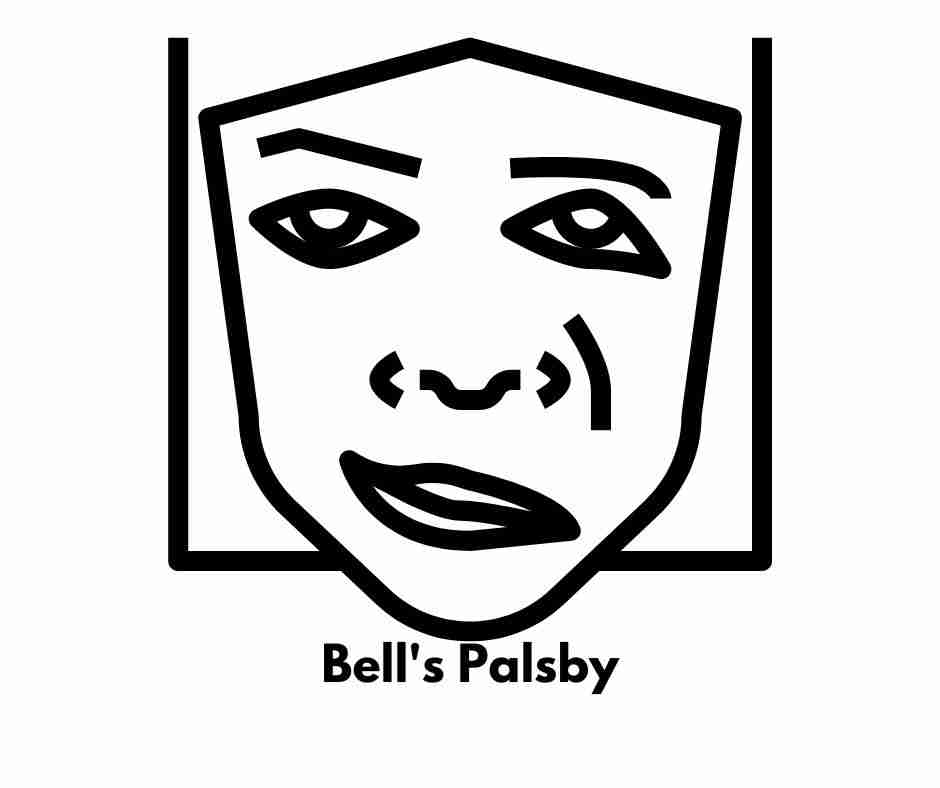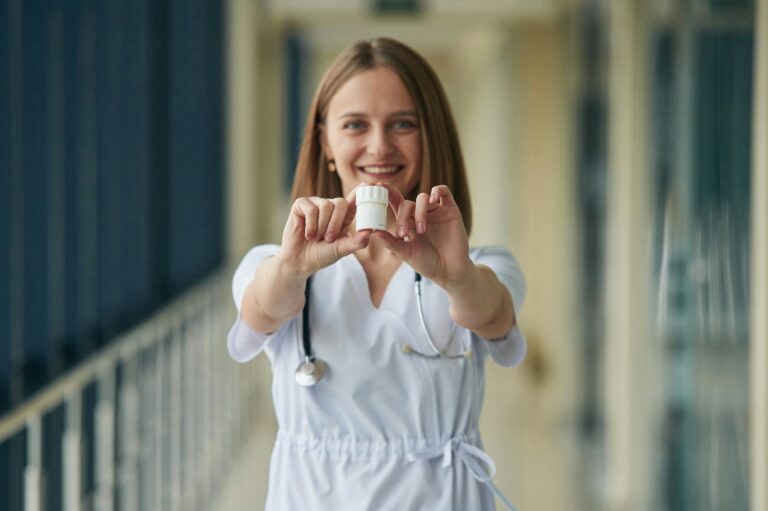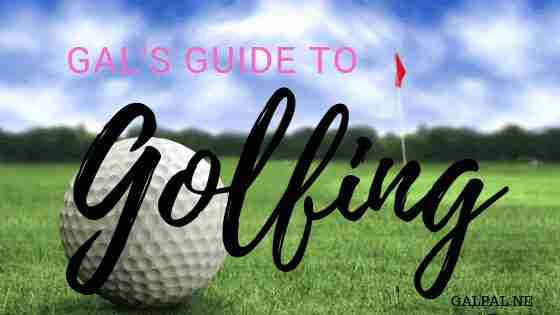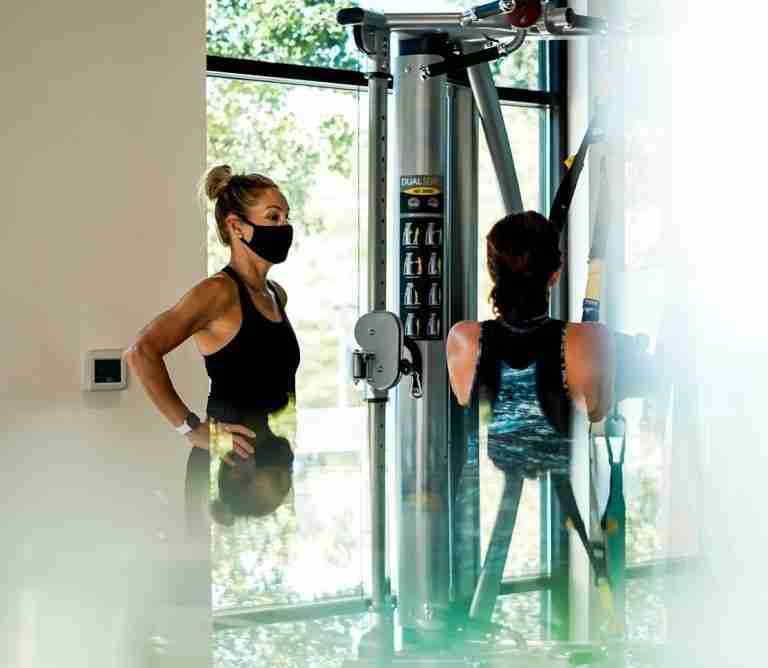Bell’s palsy after covid-what you should know
After my husband had Covid, he developed Bell’s palsy. He had the typical Covid flu-like symptoms. He was feeling 100% normal when the ear pain started. After two days, the right side of his face started to tingle.
He was afraid it might be an ear infection, so he went to urgent care. They didn’t see any infection or sign of blisters in his ear (which would indicate shingles), so they sent him home with antibiotics, just in case.
The next day, the tingling turned to a curious numbing sensation. My mother, a retired pediatrician, urged him to go see a doctor right away. Molly, my other pediatrician friend, gave me the name of a ear nose and throat specialist. By the time he saw the doctor the next day, he looked as if he had a stroke. He couldn’t talk, drink, or eat with any dignity. It was so scary.

I wanted to share our experience with Bell’s palsy in hopes our story may help someone else. My hope is that if you or someone you know has a pain in the ear or jaw that turns into tingling or numbing of the face, go into the Dr. right away.
The key is knowing what Bell’s palsy is and how to take immediate action. It’s critical to see a specialist right away so that you can take the treatment to reduce inflammation (steroid) and anti-viral drug.
What Is Bell’s Palsy?
According to UCLA Health, Bell palsy is an unexplained episode of facial muscle weakness or paralysis. It begins suddenly and can get worse over 48 hours. This condition results from damage to the facial nerve (the 7th cranial nerve). Pain and discomfort usually occur on one side of the face or head.
This facial nerve (the 7th crania nerve) is connected to the muscles on one side of the face that control facial expressions, as well as blinking and closing your eye. This nerve sends signals to the tear duct, saliva glands, and the ear. In most cases, only one side of the face is affected and will only last for a temporary period.
Bell’s palsy can affect anyone at any age. It occurs most often in pregnant women, and in people who have diabetes, influenza, a cold, or another upper respiratory ailment. Bell palsy affects men and women equally. It’s less common before age 15 or after age 60.
Bell’s palsy is not considered permanent. But in rare cases, it doesn’t disappear and this is why it was scary for us. Currently, there’s no known cure for Bell’s palsy. But recovery usually begins 2 weeks to 6 months from the start of the symptoms. Most people with Bell’s palsy recover full facial strength and expression.
Right now Steve is three weeks out and his symptoms have improved by 70%.
Ramsay Hunt Syndrome vs. Bell’s Palsy
When singer Justin Bieber announced recently that he has Ramsay Hunt Syndrome, a rare condition that has paralyzed half his face, the news raised interest and questions across the world about the cause and outcome.
The symptoms of RHS can mimic Bell’s palsy. While both can cause facial paralysis, Bell’s palsy doesn’t have a tell-tale rash inside the ear. Thus, many get these two conditions confused.
“Bell’s palsy is a sudden or rapid onset of facial paralysis or weakness, which can develop over hours to a day or two,” Dr. Coffman said. “It tends to cause milder weakness of the face and improves faster than Ramsay Hunt.”
In comparison to Bell’s palsy, RHS is more likely to cause permanent facial asymmetry, where the face doesn’t look balanced.
The causes of facial weakness and paralysis with Bell’s palsy are unknown, but they could be viral or autoimmune-related. Both of these conditions can occur after testing positive with Covid-19 . This can also occur after the Covid vaccination.
Stroke or Bell’s Palsy?
Bell’s palsy presents itself like you had a stroke. One of my girlfriends developed Bells palsy the next day after she had the Covid vaccine. She told me she had thought she had a stroke and sought immediate care. Luckily, it wasn’t a stroke.
According to a recent study in the Annals of Emergency Medicine, if a patient cannot move his forehead, then the diagnosis is likely Bell’s Palsy. However, a patient who can move his forehead, despite partial paralysis of the face, is significantly more likely to be experiencing a stroke.
The symptoms of RHS can appear differently from person to person and can mimic another condition called Bell’s palsy. While both can cause facial paralysis, Bell’s palsy doesn’t have a tell-tale rash inside the ear.
“Bell’s palsy is a sudden or rapid onset of facial paralysis or weakness, which can develop over hours to a day or two,” Dr. Coffman said. “It tends to cause milder weakness of the face and improves faster than Ramsay Hunt.”
In comparison to Bell’s palsy, RHS is more likely to cause permanent facial asymmetry, where the face doesn’t look balanced.
The causes of facial weakness and paralysis with Bell’s palsy are unknown, but they could be viral or autoimmune-related.
What Causes Bell’s Palsy?
Most doctors believe that it’s due to damage to the facial nerve, which causes swelling. This nerve passes through a narrow, bony area within the skull. When the nerve swells — even a little — it pushes against the skull’s hard surface. This affects how well the nerve works.
Researchers have noted that viral infections may play a role in the development of Bell’s palsy. They’ve found evidence that suggests the herpes simplex 1 virus (a common cause of cold sores) may be responsible for many cases.
Other viruses that have a link to Bell’s palsy include:
- Adenovirus (respiratory conditions)
- Covid Vaccine
- Covid-19
- Coxsackievirus (hand-foot-mouth disease)
- Cytomegalovirus
- Epstein-Barr (infectious mononucleosis)
- Herpes zoster (chickenpox and shingles)
- Influenza B (flu)
- Mumps
- Rubella (German measles)
How Do You Treat Bell’s Palsy?
The treatment with corticosteroids is the most widely accepted medication for Bell’s palsy. Steroids exert their maximum benefit when administered as soon as possible, preferably within three days of FNP onset.
Bell’s Palsy Symptoms
- muscle spasms
- weakness, or paralysis to one side or, in extreme cases, both sides of the face. –
- difficulty making facial expressions (ex. closing eye or smiling),
- headache/earache,
- increased sensitivity to light and sound,
- decreased sense of taste
- increase/decrease to tear and saliva output.
- dry eye and inability to close the eye
One of the worse issues my hubby experienced was the inability to blink or close an eye. His eye would dry out and when that happens, the eye is not able to cleanse itself of germs or bacteria.
Without proper care, an infection or damage to the eye can occur, potentially leading to vision loss. Covering the eye and keeping it from drying out are highly recommended to ensure there is no permanent damage. He taped his eye closed at night.
How To Treat Bell’s Palsy
Treatment of Bell’s Palsy differs depending on the severity of each case. Mild cases do not require treatment, and symptoms will subside on their own over a brief period. However, for more extensive cases, medication is the most common form of treatment. Prednisone, a steroid used to help ease inflammation, has been studied and the most effective drug for treatment. While the medication is running its course, eye protections becomes the next focus.
Keeping the eye protected and moist, especially at night, are key factors to a full recovery. Lubricating eye drops and eye patches are effective ways to keep your eye safe and well. While medication is the primary source of treatment, other therapies also hold potential for minor improvements to facial functions and relieving pain. These include physical therapy, acupuncture, and facial massages. It is always recommended to discuss treatment options and seeking additional help from your primary physician.







